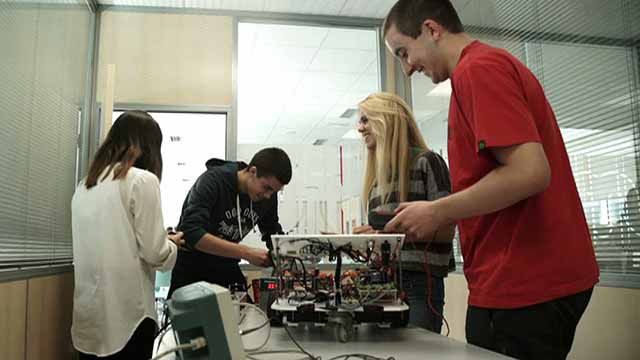What Is Deep Learning Toolbox?
Deep Learning Toolbox™ provides functions, apps, and Simulink® blocks for designing, training, implementing, and simulating deep neural networks. The toolbox provides a framework to create and use many types of networks, such as convolutional neural networks (CNNs) and transformers. You can visualize and interpret network predictions, verify network properties, and compress neural networks with quantization, projection, and pruning.
With the Deep Network Designer app, you can design, edit, and analyze networks interactively, import pretrained models, and export networks to Simulink. The toolbox lets you interoperate with other deep learning frameworks. You can import PyTorch®, TensorFlow™, and ONNX™ models for inference, transfer learning, simulation, and deployment. You can also export models to TensorFlow and ONNX.
You can automatically generate C/C++, CUDA®, and HDL code for trained networks.
Published: 12 Apr 2024




